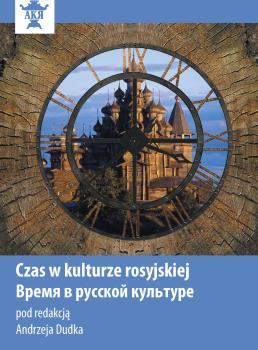Time and Place: Phenomenon of the Eighties and Its Reflections: M. Albov, Д. Mamin-Sibiryak, A. Chekhov .......... 443
Synopsis
TIME AND PLACE: PHENOMENON OF THE EIGHTIES AND ITS REFLECTIONS: M. ALBOV, Д. MAMIN-SIBIRYAK, A. CHEKHOV
Russia – is an extremely “spatial” country, as one of the characters of Mamin-Sibiryak expressed it. We suppose that point in space which gave a birth to the writer, hadn’t been remaining indifferent to him and found itself some place in his consciousness and texts. Phenomenon of Russian literature of 1880-ies – a generation of men of Eighties – has become an object of examination in the article. Gloomy coloring of this literature was expressed in the brightest extent in the works of Mikhail Albov, native of Saint-Petersburg: timelessness of “darkness”, Hamletism, psychologism in the manner of Dostoevskii, duality and endless yearn for himself, different and authentic – it’s not only Albov but also Petersburg playing with a man. Hero of Albov’s tale of the middle of 1880s Kak goreli drova (How firewood was burning) is examined in the article as indicative type of the epoch. In the novel of his contemporary Dmitrii Mamin-Sibiryak Cherty iz zhizni Pepko (Traits of Pepko’s life) (1894) is heard an introspection on the life in Saint-Petersburg of the author and his character, topics of duality and pessimism, cemeterial motives, attempts to find himself and his times appear again. But in contrast ro Albov Mamin-Sibiryak doesn’t isolate himself in these topics and his hero leaves Petersburg soon and departs into his native land in province. In works of Anton Chekhov we observe a true “layered cake” of epoch. His tales Ogni (Fires), Skuchnaya istoria (Boring story), Rasskaz neizvestnogo cheloveka (Story of unknown person) are correlated with problematic of the 1880s; sensation of the Eighties lives in all of these tales, and all of them contain stepping out the Eighties. Chekhov depicted a figurative reflection of timelessness of the Eighties in his early story Schast’e (Happiness) which was written on the base of native for the author Taganrog material. Steppe here is in the epic, biblical and Old Testament time, but heroes of the tale settled amidst steppe aren’t oppressed by the infinity of space and eternity of time (per se literal “timelessness”), they find here their thing and their place.





